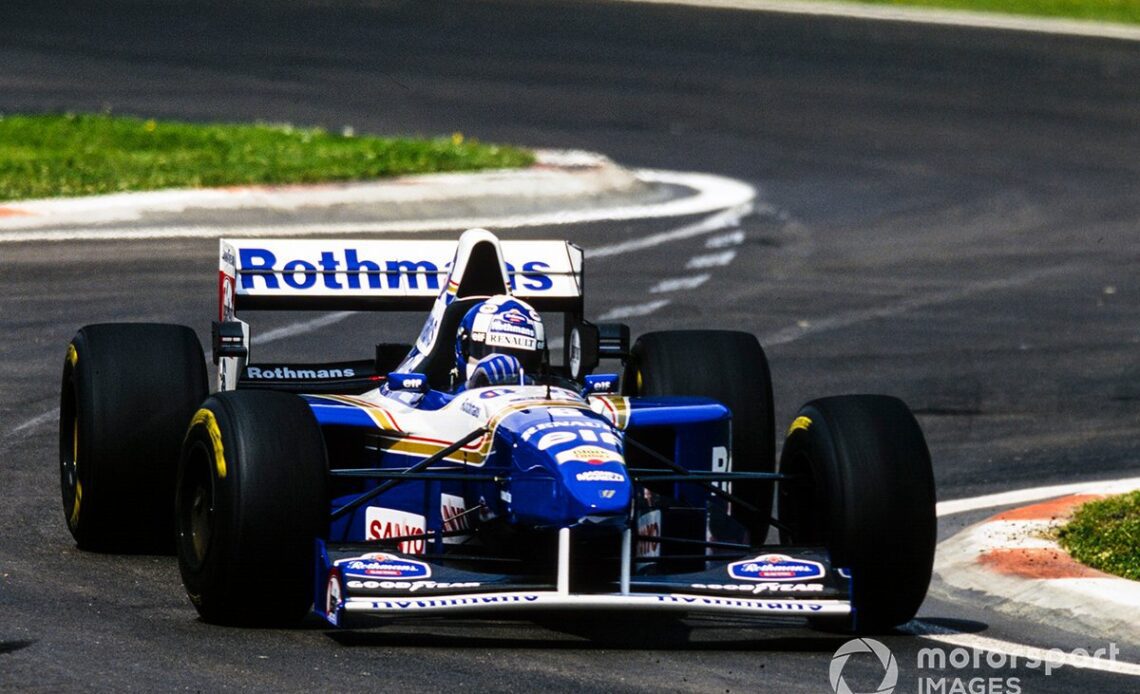The Alpine and McLaren teams both have a claim on the Australian’s services for 2023. They are obliged by the Concorde Agreement to abide by the decision of the CRB, and not pursue further legal action in attempt to get that ruling changed.
Formed in the wake of the controversy resulting from Michael Schumacher’s move from Jordan and Benetton and Roberto Moreno’s subsequent ousting from the latter, the CRB usually operates quietly in the background, only hitting the headlines when a high-profile dispute arises.
It is referenced in the FIA Sporting Regulations under Appendix 5, but that section is actually blank, with a note saying “reserved for the exclusive use of competitors entered in the FIA Formula One World Championship.”
The full details of how it operates are enshrined in the Concorde, and are thus not widely known, even within the F1 paddock.
The CRB exists independently of the FIA. Its role is to tell the governing body which team has a valid contract with a driver, and is entitled to hold a superlicence on their behalf.
Its day-to-day function is a repository for all F1 race, reserve and test driver contracts, or at least the key sections – teams aren’t necessarily obliged to submit all the paperwork, as full contracts are complex and cover marketing matters and so on.
When a dispute arises three lawyers convene and review the evidence from all parties. They are required supply an outcome within three days of the hearing.
Two of the most famous CRB cases saw a driver’s original team win, and the outfit hoping to poach him lose. That happened when David Coulthard tried to leave Williams for McLaren in 1995, and when Jenson Button wanted to move from BAR to Williams a decade later.
David Coulthard stuck with Williams for 1995, but moved to McLaren for the following year
Photo by: Motorsport Images
One man who has experience of the CRB process – and who got the outcome that he wanted – is Timo Glock. In the days before video calls his hearing was conducted in person. As is often the case the dispute revolved around the details of an option.
“I was test driver BMW Sauber in 2007,” the German told Autosport. “And then I had the offer for a race seat at Toyota, and BMW had to take the option to put me into a race seat, which they didn’t do. But they at that stage, they said they did.
“I cannot even remember how many guys they were sitting in the room, but there were lawyers involved who look on both sides….
Click Here to Read the Full Original Article at Autosport.com – MotoGP – Stories…

